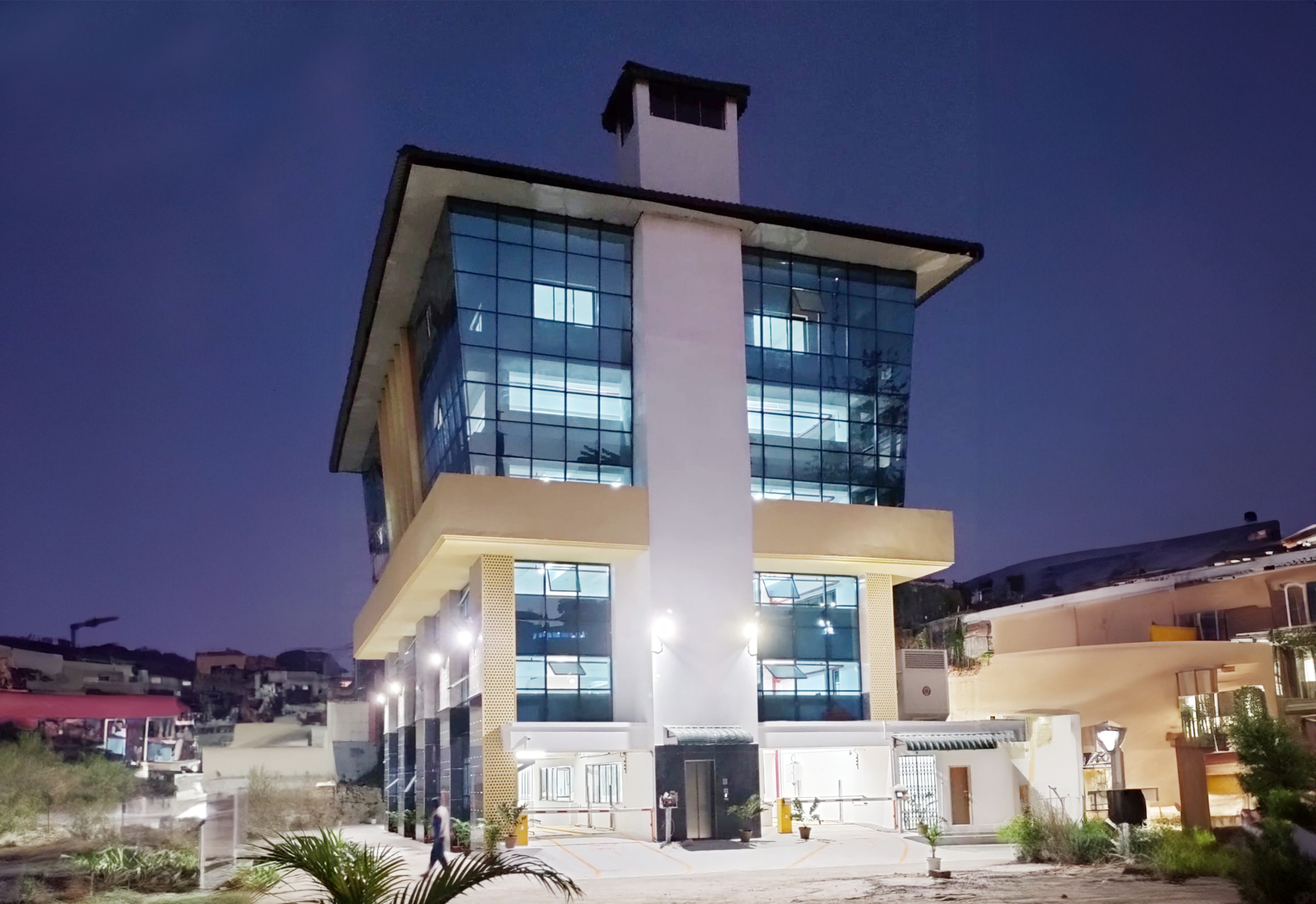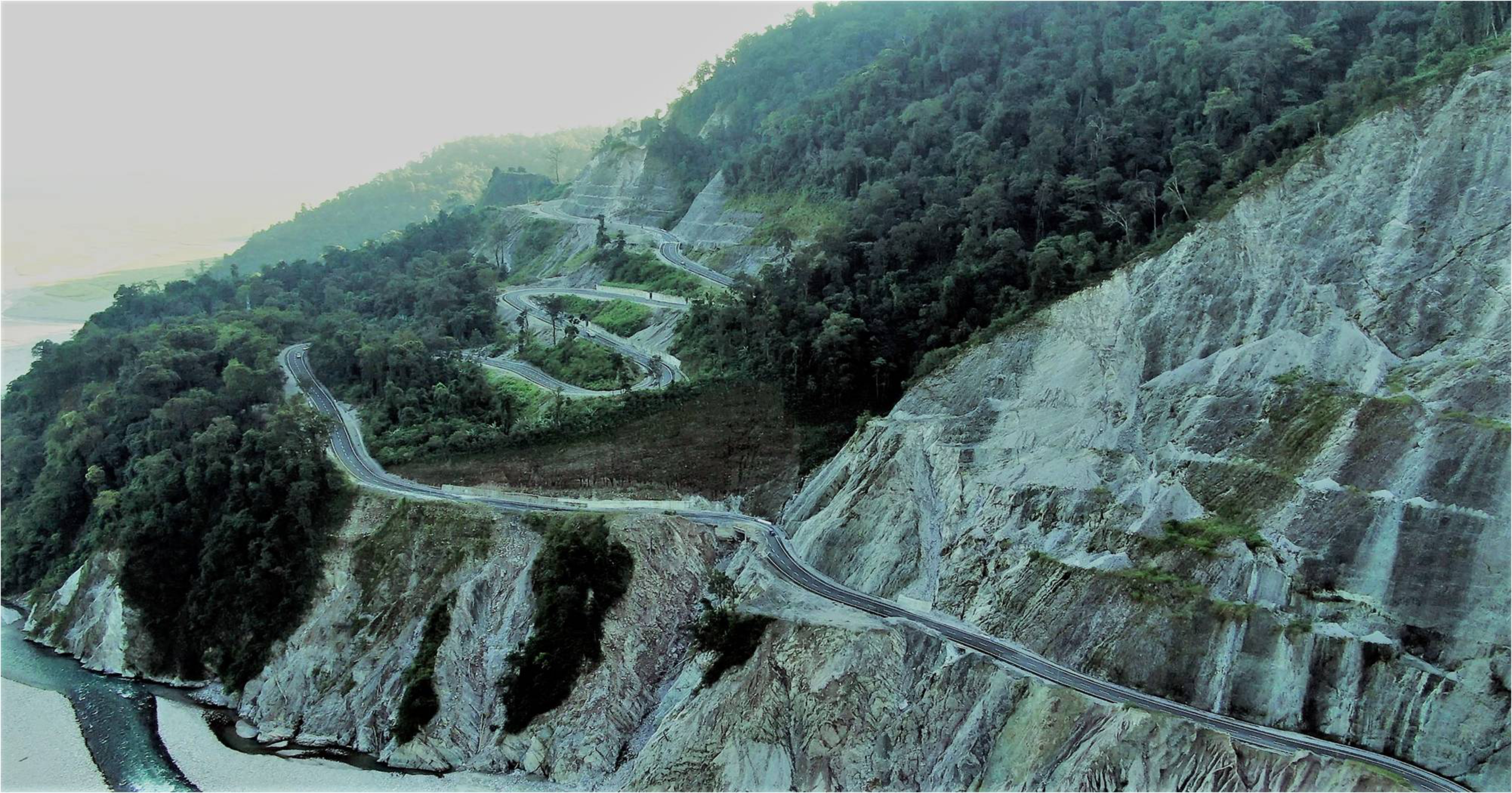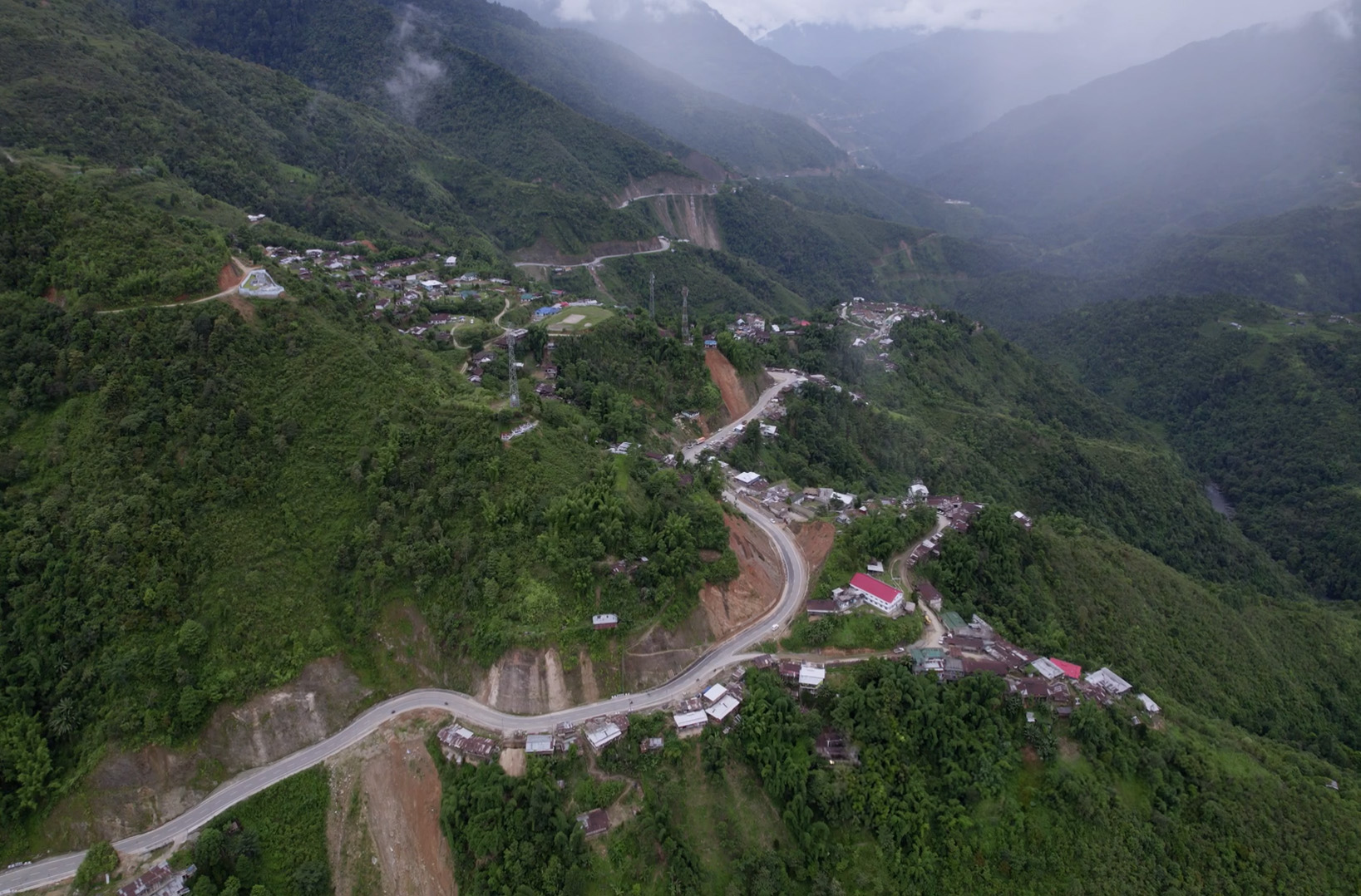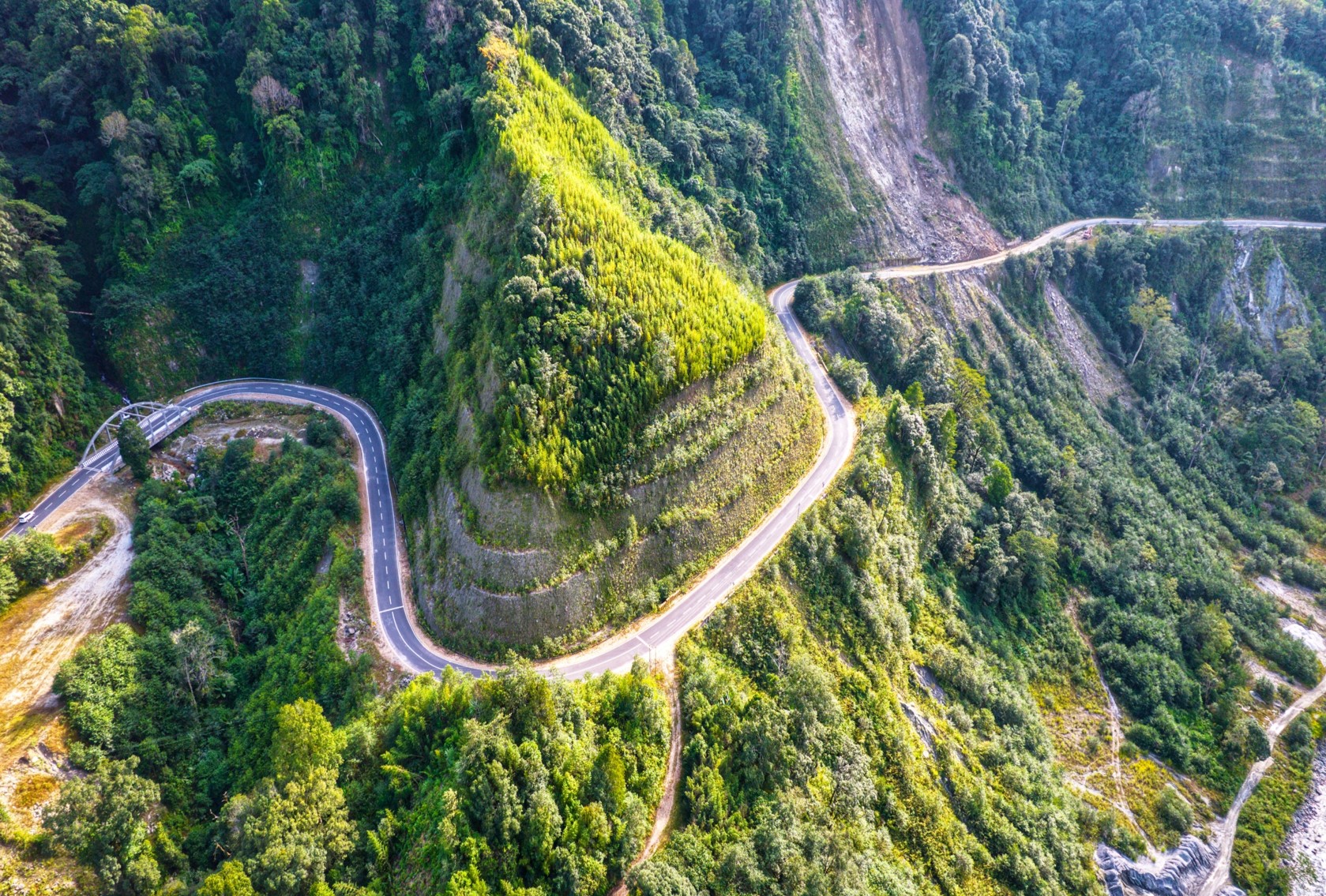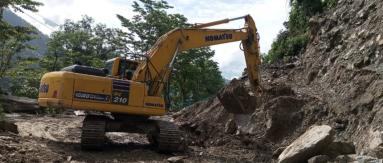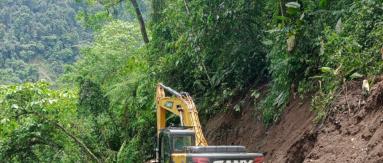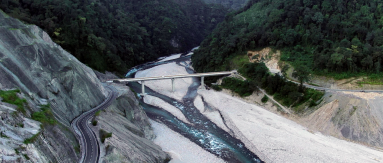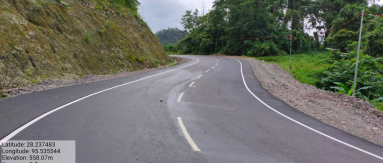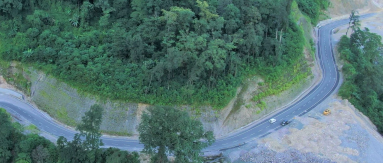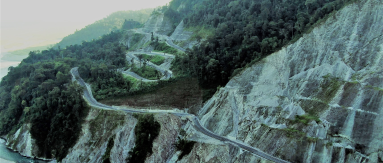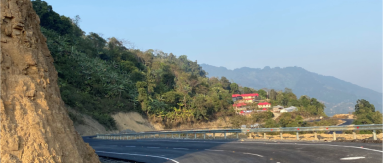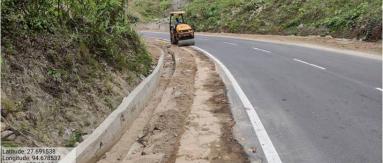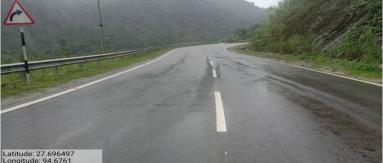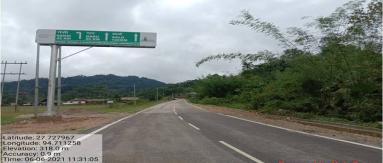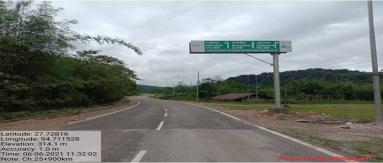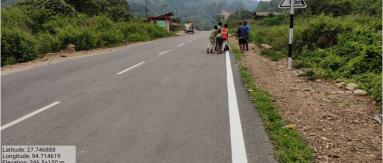- Feedback
- Sitemap
- Skip to Main Content
- Screen Reader Access
- A+ A A -
- A A
- Control Room No. - 9205949400, 011-26768950
Arunachal Pradesh
National Highways & Infrastructure Development Corporation Ltd.
National Highways and Infrastructure Development Corporation is a fully owned company of the Ministry of Road Transport & Highways, Government of India. The company promotes, surveys, establishes, designs, builds, operates, maintains and upgrades National Highways and Strategic Roads including interconnecting roads in parts of the country.
Geographical Location
Perched in the north-eastern corner of India, Arunachal Pradesh is a mystical land of untouched beauty. As the first rays of sunlight kiss Indian soil, this remote state awakens to reveal its breath-taking landscapes, rich cultural heritage, and uncharted territories. Sharing borders with Assam, Nagaland, Bhutan, Myanmar and China, Arunachal Pradesh is strategically an important state for the country.
The state is a treasure trove of traditional craftsmanship, with local artisans skilled in weaving, carpet making, wood carving, and more. Dance and music are integral to Arunachal Pradesh's tribal culture, with four distinct genres: Festive Dances, Ritual Dances, Recreational Dances and Dance Dramas. The state's diverse culinary palette mirrors the ways of its tribal communities, with popular dishes including Momos, Thukpa and Pasa.
Arunachal Pradesh is home to 26 prominent tribes, each preserving its unique way of life. The state's vibrant festivals, including the Mopin Festival, Losar Festival and Dree Festival, reflect its rich diversity and offer a unique window into the traditions of its people. With its awe-inspiring natural beauty, vibrant culture, and warm hospitality, Arunachal Pradesh is an ideal destination for those seeking rejuvenation and tranquillity amidst the Himalayan embrace.
- Capital: Itanagar | Largest City:
- Districts: 28 | Total Area: 83700 sq km
Mopin
The Mopin festival is a major agricultural festival celebrated by the Galo tribe of Arunachal Pradesh in India, typically in April. It's a time to thank the gods for a good harvest, pray for prosperity and well-being, and celebrate their rich cultural heritage
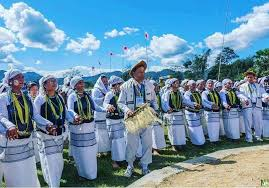
Festivals of Arunachal Pradesh
Dree is an agricultural festival celebrated in July. It's a time of thanksgiving for a bountiful harvest and prayers for continued prosperity. The festival features traditional songs, dances, and community feasts.
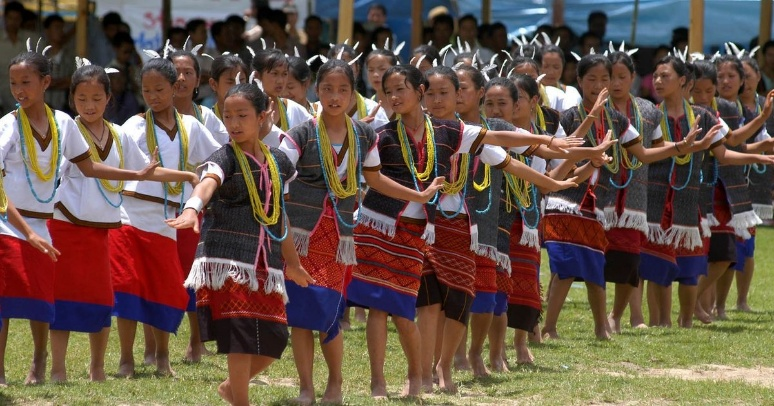
Tourist Places
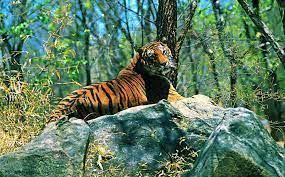
Namdapha National Park
Namdapha National Park & Tiger Reserve, located in Arunachal Pradesh's Changlang district, is one of India’s most biodiverse and remote wilderness areas. Spanning an area of 1,985.23 sq. km along the India-Myanmar border, it features dense, untouched tropical rainforests and is home to the turbulent Noa-Dihing River.
Situated near the town of Miao, Namdapha was declared a Tiger Reserve in 1983. The park is a treasure trove of flora and fauna, much of which remains scientifically unexplored. With over 150 species of timber, it’s often called a botanist’s dream. Rare plants like the Blue Vanda orchid and the highly valued medicinal herb Mishmi Teeta (Coptis teeta)—used by local tribes—are found here. Notably, tree species such as Pinus merkusii and Abies delavayi grow here and nowhere else in India.
Namdapha is the only national park in the world that hosts all four major big cat species: the Tiger, Leopard, Snow Leopard, and Clouded Leopard. It also shelters several smaller wild cats, elephants, Himalayan black bears, Indian bison, and a wide range of primates, including the rare Hoolock Gibbon—India’s only ape species.
With its raw beauty, ecological richness, and scientific significance, Namdapha remains one of India's most pristine and enigmatic natural sanctuaries.
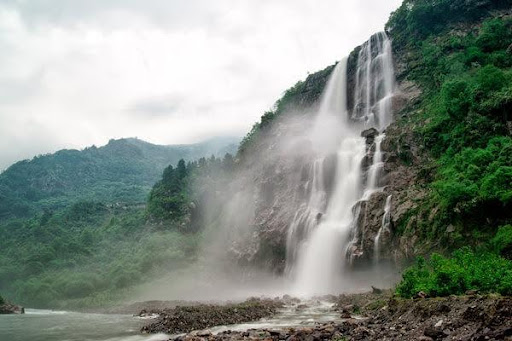
Nuranang Falls
Nuranang Falls (also known as Jang Falls or Bong Bong Falls) is a 100-metre high waterfall located approximately 2 km northeast of Jang town in the Tawang district of Arunachal Pradesh, India. Accessible via the motorable Jang Falls Road, this scenic cascade is nestled in the eastern Himalayas and is a hidden gem of the region.
Jang town lies about 40 km southeast of Tawang, situated north of the Sela Tunnel and along the NH-13 Trans-Arunachal Highway between Tawang and Bomdila. At the base of the falls, the Jang Hydel Plant harnesses the river’s flow to generate electricity for local use, highlighting a blend of natural beauty and sustainable development.
The Nuranang River, from which the falls derive their name, originates from the northern slopes of the Sela Pass. After plunging down the dramatic falls, the river flows onward to merge with the Tawang River.
The waterfall and river are named after Nura (also spelled Noora), a local Monpa girl who is remembered for her bravery and compassion. She reportedly aided an Indian Army soldier during the 1962 Sino-Indian War, and her story continues to be honored through this natural landmark.


